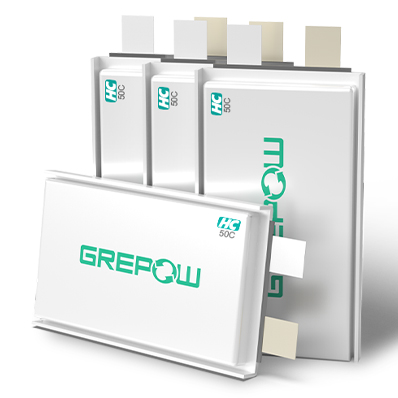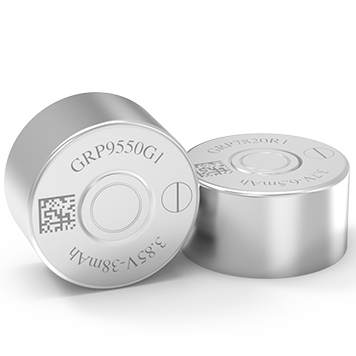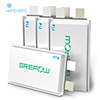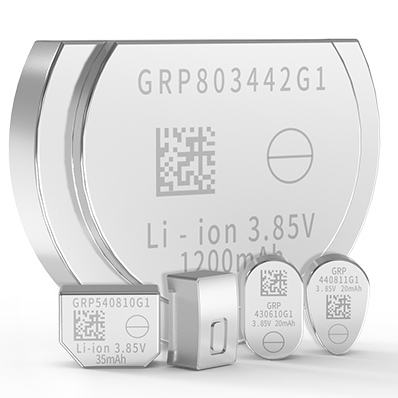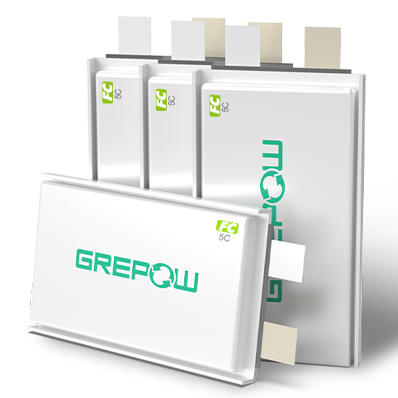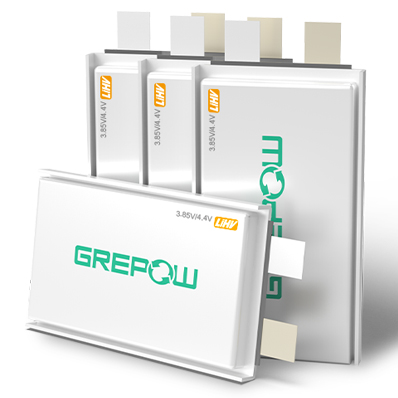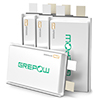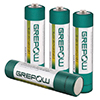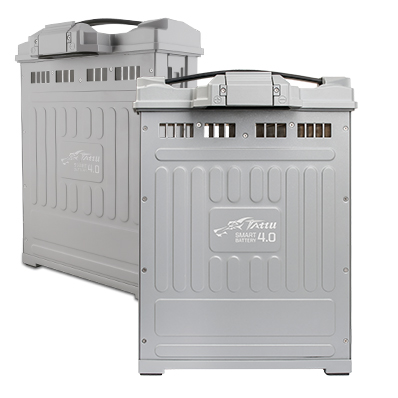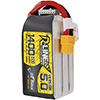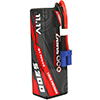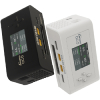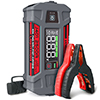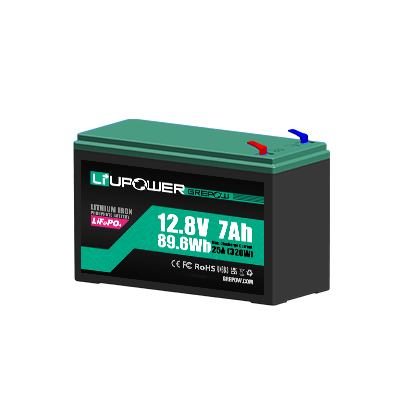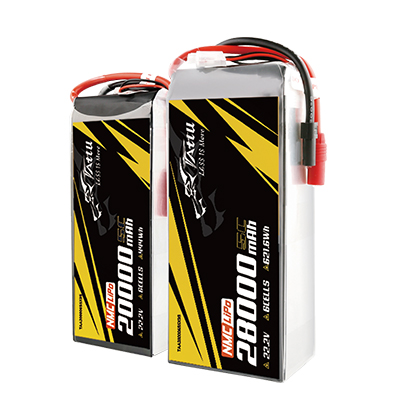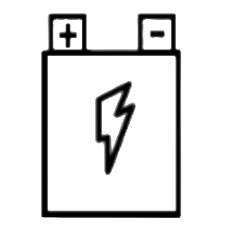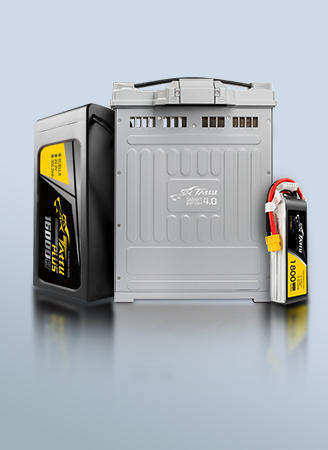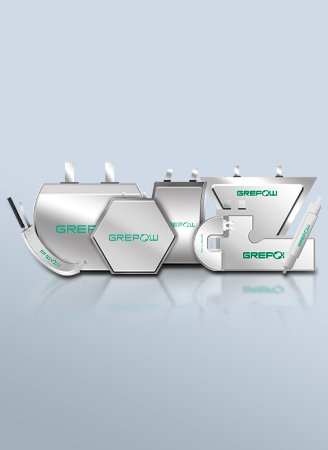How to Choose Battery for NDT Inspection Drones
In the high-stakes world of industrial asset management, Drone-based Non-Destructive Testing (NDT) has emerged as a game-changing technology. These aerial platforms deliver unprecedented access and data, but their success is entirely dependent on the quality of their power source. As a leading manufacturer of industrial-grade drone batteries, we know that the battery is not just an accessory; it is the beating heart of your entire operation.
Choosing the right battery is a critical business decision that directly impacts your operational efficiency, data integrity, and ultimately, your return on investment. This guide offers our expert perspective on not only what to look for in a battery, but why investing in a premium power solution is fundamental to the success of your NDT program.
What is Drone-based Non-Destructive Testing (NDT)?
Drone-based Non-Destructive Testing (NDT) is the deployment of sophisticated sensors via an Uncrewed Aerial Vehicle (UAV) to assess the structural integrity of an asset without causing damage. From measuring the wall thickness of a storage tank with an Ultrasonic (UT) probe to detecting Corrosion Under Insulation (CUI) with a Pulsed Eddy Current (PEC) sensor, these drones capture critical data from points that are dangerous, difficult, or otherwise impossible to reach.

How Do NDT Inspection Drones Work?
An NDT drone is a highly integrated system:
●An Industrial Drone Platform: Built for stability and power, capable of precise, automated flight and steady hovering.
●A Specialized NDT Payload: The sensor system, which can include UT (Ultrasonic Transducers) gauges, PEC (Pulsed Eddy Current) sensors, EMAT (Electromagnetic Acoustic Transducers), DFT (Dry Film Thickness) gauges, thermal cameras, and more, often mounted on articulated arms.
●A Certified Operator: A skilled pilot and/or sensor operator who manages the mission and ensures data quality.
The drone navigates to a precise inspection point, stabilizes, and engages
the sensor payload to acquire and transmit data
NDT Inspection Drone Applications
The applications for NDT drones span across all major industries, targeting steel and metal assets where corrosion and wear are critical concerns:
●Infrastructure: Inspecting the steel beams of bridges, trusses, and the penstocks of dams.
●Oil & Gas: Assessing the wall thickness of storage tanks, pressure vessels, and offshore platform legs. It's especially crucial for detecting Corrosion Under Insulation (CUI).
●Marine Vessels: Measuring the hull thickness of ships and checking for corrosion in hard-to-reach ballast tanks and cargo holds.
●Manufacturing Facilities: Examining structural steel, pipelines, and large industrial machinery.
●Tunnels: Inspecting metal linings, support structures, and ventilation systems.

How Batteries Impact NDT Drone Operations
Battery performance is critical for drone operations:
●Flight Time: Limited battery capacity restricts the duration of inspections.
●Payload Capacity: Heavier batteries can reduce the drone's ability to carry essential sensors.
●Power Supply: High-energy-demand sensors require batteries that can deliver consistent power.
●Safety and Reliability: Battery failure is a leading cause of drone crashes. In an industrial environment, a falling drone is not just a financial loss but a serious safety hazard.
Selecting the appropriate battery ensures that drones can perform inspections effectively without unexpected interruptions.
How to Choose NDT Drone Battery
Selecting the correct battery requires a careful look at its specifications and a clear understanding of your operational needs.
Key Battery Parameters to Scrutinize
●Capacity (mAh or Wh): This is the battery's "fuel tank." Measured in milliamp-hours (mAh) or Watt-hours (Wh), it directly correlates to potential flight time. For power-hungry NDT missions, maximizing capacity is crucial, but it must be balanced against the next point: weight.
●Voltage (V) & Cell Count (S): This is the battery's power level. It must match the requirements of your drone's motors and Electronic Speed Controllers (ESCs). Using the wrong voltage will either fail to power the drone or, worse, permanently damage its electronics.
●Discharge Rate (C-Rating): This is one of the most critical parameters for NDT drones. The C-Rating indicates how quickly the battery can safely deliver its energy. NDT drones with heavy payloads need high-C-rating batteries to handle the high current draw required for powerful maneuvers and for holding a steady position against external forces like wind. A low C-rating can lead to poor performance and damage the battery.
●Chemistry: Most high-performance drones use Lithium Polymer (LiPo) batteries for their high discharge rates and low weight. Keep an eye on emerging technologies like semi-solid-state batteries.
●Connectors & Form Factor: A practical but vital check. Ensure the battery's connector (e.g., XT90, AS150) matches your drone and that its physical dimensions fit securely within the drone's battery bay.
Essential Precautions and Considerations
● Weight vs. Performance: Balancing battery weight with the drone's payload capacity is crucial.
● Environmental Conditions: Batteries should perform reliably under the environmental conditions of the inspection site.
● Safety Features: Batteries should have protections against overcharging, overheating, and short-circuiting.
● Compatibility: Ensure the battery is compatible with the drone's design and power requirements.
Recommended Battery for NDT Inspection Drones
Battery Model | Battery Parameter | Voltage | Estimated Flight Time (Light Load) |
TAA45006S25X6 | Tattu 6S1P 4500mAh Lipo ×2 (parallel) | 22.2V | 10–15 min |
TAA90006S25E5 | Tattu 6S 9000mAh Lipo | 22.2V | 10–16 min |
TAA100006S30E | Tattu G-Tech 6S 10000mAh Lipo | 22.2V | 12–18 min |
TAA11K6S25HVX | Tattu G-Tech 6S 11000mAh 25C LiHV | 22.8V | 13–18 min |
TAA160006S30X | Tattu 6S 16000mAh 30C 22.2V Lipo | 22.2V | 15–20 min |
*Note: 1. Flight time is estimated under light payload (1–2 kg) and optimal conditions. Actual performance may vary depending on wind, altitude, and sensor load.
2. All battery packs support custom BMS integration and plug configuration based on your platform.
3. If your drone requires heavier payload support, please contact us at info@grepow.com.
Why Premium Batteries Drive ROI
● A common mistake is to view the battery as a simple consumable. For industrial NDT, the battery is an investment that directly impacts your bottom line.
● Reduced Downtime: A superior battery with higher energy density means longer flight times. This translates to fewer battery swaps, faster inspections, and less asset downtime. Completing a job in three flights instead of five is a direct saving of time, labor, and risk.
● Minimized Risk: Battery failure is the #1 cause of catastrophic drone loss. The cost of a lost industrial drone and a specialized NDT payload can run into tens of thousands of dollars, dwarfing the cost of a premium battery. More importantly, it eliminates the risk of a safety incident on a critical site.
● Guaranteed Data Integrity: Inconsistent power delivery from a cheap battery can affect sensor performance, leading to noisy or inaccurate data. A failed mission due to corrupt data requires a costly re-flight. Professional-grade batteries ensure stable, clean power to both the drone and its sensitive payload, guaranteeing usable data on the first pass.
Beyond the Spec Sheet: What Truly Defines an Industrial-Grade Battery?
Any manufacturer can list specs like capacity and voltage. However, for demanding NDT applications, true quality lies in the technology inside the battery and the manufacturing process behind it. This is where you should focus your scrutiny.
Key Performance Indicators:
True Energy Density (Wh/kg): Don't just look at capacity (mAh). The critical metric is Watt-hours per kilogram. This tells you how much flight time you get for every gram you add to the airframe. Our R&D focuses on maximizing this ratio to give you the longest possible flight without compromising agility.
Validated Discharge Rate (C-Rating): The C-Rating must be an honest, real-world figure. NDT drones require high bursts of power to stabilize in wind while holding a payload. We engineer our packs with premium, low-resistance cells that can sustain high C-ratings without voltage sag or overheating, protecting your drone's electronics.
Cell Matching & Consistency: A battery pack is only as strong as its weakest cell. We use a proprietary process to test and match every individual cell for capacity, voltage, and internal resistance before assembling them into a pack. This ensures perfect balance, optimal performance, and a significantly longer cycle life.
Intelligent Battery Management System (BMS): A simple battery is a black box. An intelligent battery is a strategic asset. Our BMS provides:
●Real-time health monitoring: Data on temperature, voltage, and current.
●Fault protection: Guards against over-charge, over-discharge, and short-circuits.
●Smart storage: Automatically self-discharges to the optimal storage voltage, drastically extending battery life.
●Accurate cycle counting: For proactive maintenance and replacement scheduling.
A Manufacturer's Mandate: Uncompromising Safety & Lifecycle Management
Safety isn't a feature; it's a prerequisite. Grepow as a manufacturer, we see proper battery management as a shared responsibility.
Essential Protocols & Considerations:
● Traceability and Quality Control: Demand transparency. Every one of our industrial UAV batteries has a unique serial number, allowing us to trace its entire manufacturing history, from the raw materials of its cells to its final quality assurance check.
● Built-in Redundancy: For mission-critical applications, look for packs with built-in redundancies. Our systems are designed to communicate faults proactively, allowing a pilot to safely land before a critical failure occurs.
● Operating Temperature is Not a Suggestion: Our intelligent batteries actively monitor temperature. Many of our flagship models include self-heating technology, which automatically warms the battery to the optimal temperature range before takeoff in cold conditions, ensuring you get full power from the very start of your mission.
● A Certified Ecosystem: The battery, charger, and drone must work in harmony. Using an uncertified, third-party charger with a professional-grade battery can bypass its safety features and degrade its cells. We provide a fully certified ecosystem to guarantee safety and performance.
● Lifecycle Planning: Professional batteries are not flown until they die. They are retired after reaching a specific cycle count or when their health drops below a certain threshold (e.g., 80% of original capacity). Our BMS makes this tracking effortless, turning a safety chore into a simple, data-driven process.
Conclusion
In the high-stakes world of industrial inspection, the drone is the tool, the sensor is the expert, but the battery is the lifeblood. It's more than just an accessory; it's a core component that dictates the safety, reliability, and precision of your entire Drone-based NDT program. By understanding these key parameters and investing in the right power source, you ensure that your drone is always ready to perform, unlocking a safer and more efficient future for asset management.
Related Articles
-

Powering Aerial Artistry: Grepow Battery Solutions Behind Drone Light Shows
2025-10-27 -

Vatican Drone Show: Where Technology Meets Faith
2025-09-15 -

Why Do We Need Silent Drones?
2025-09-02
Related products
-
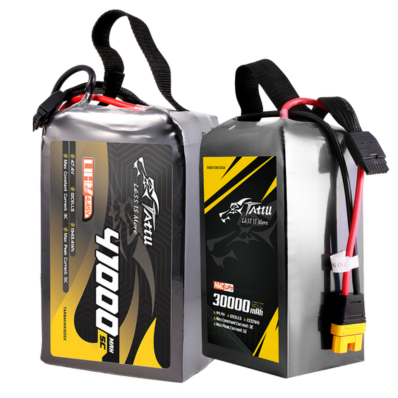
Tattu 12S LiPo Drone Battery Series
-

Tattu Plus Series Drone Battery
-
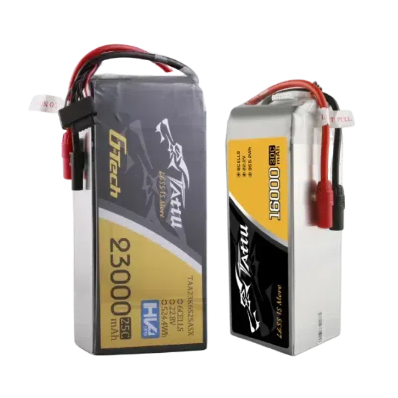
Tattu 6S LiPo Drone Battery Series


